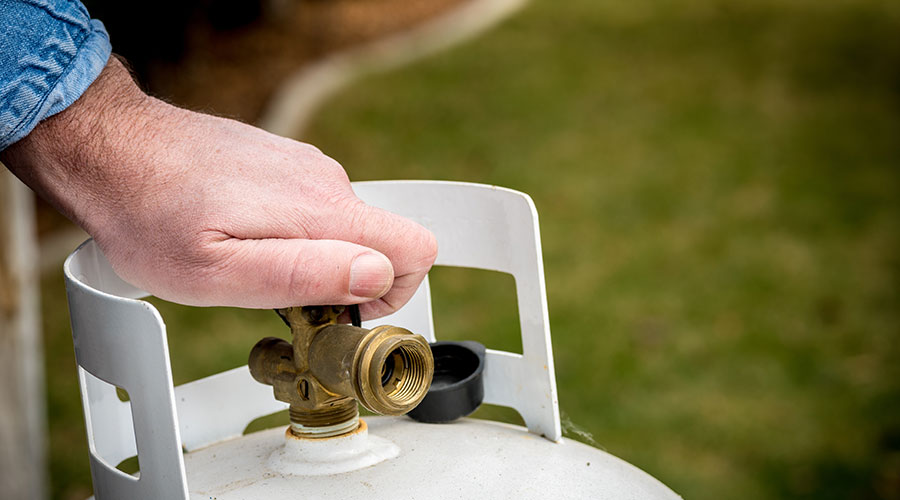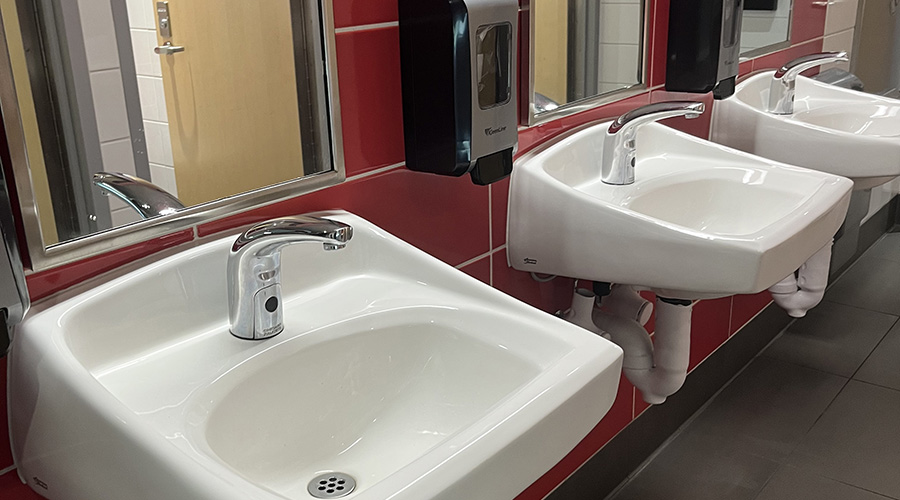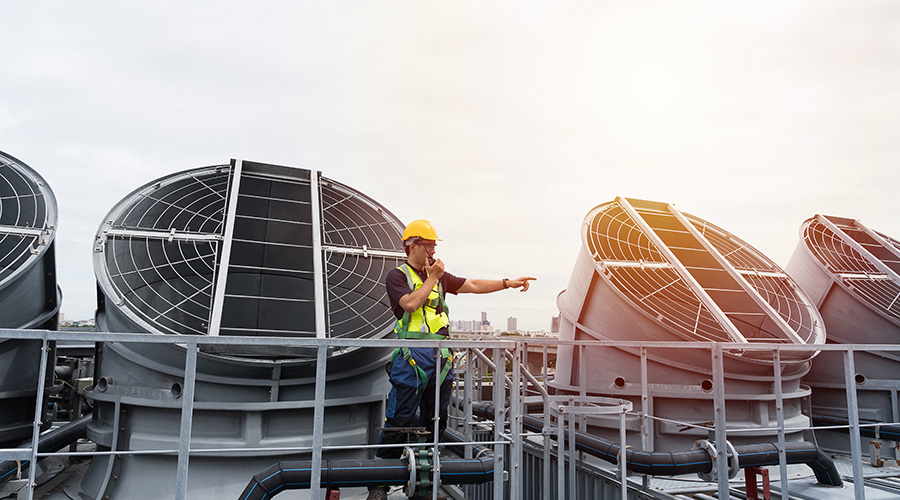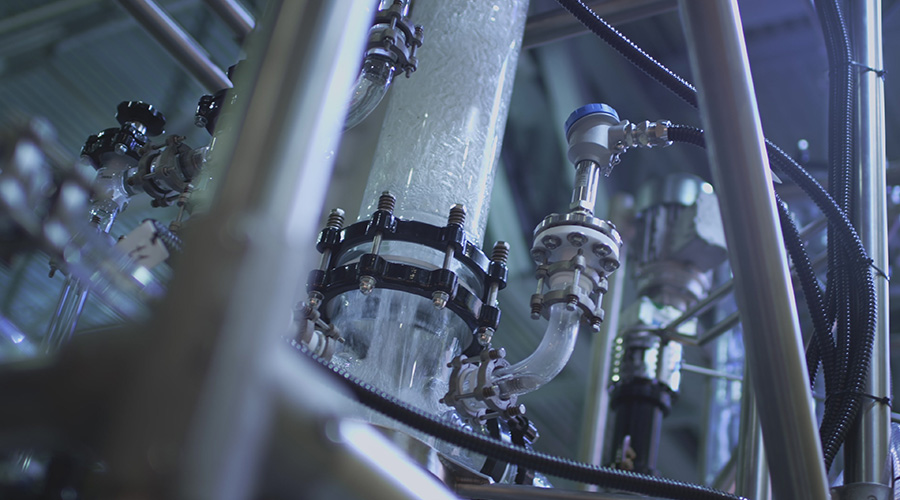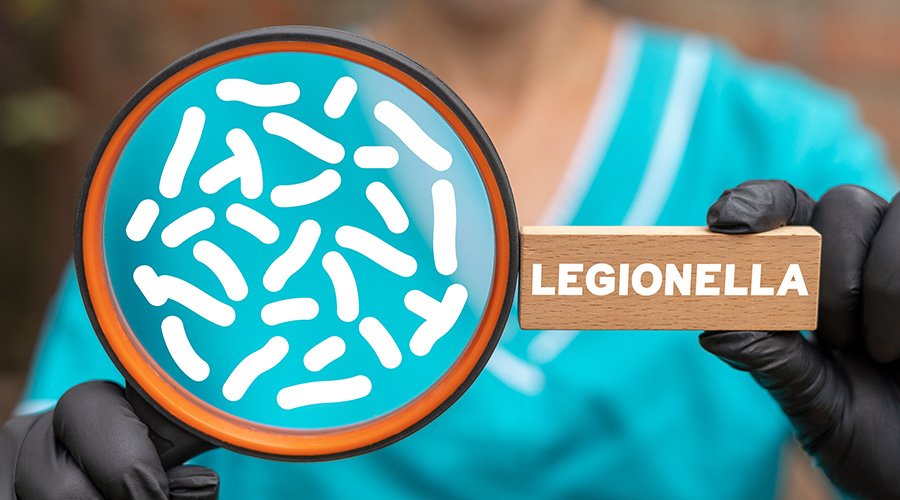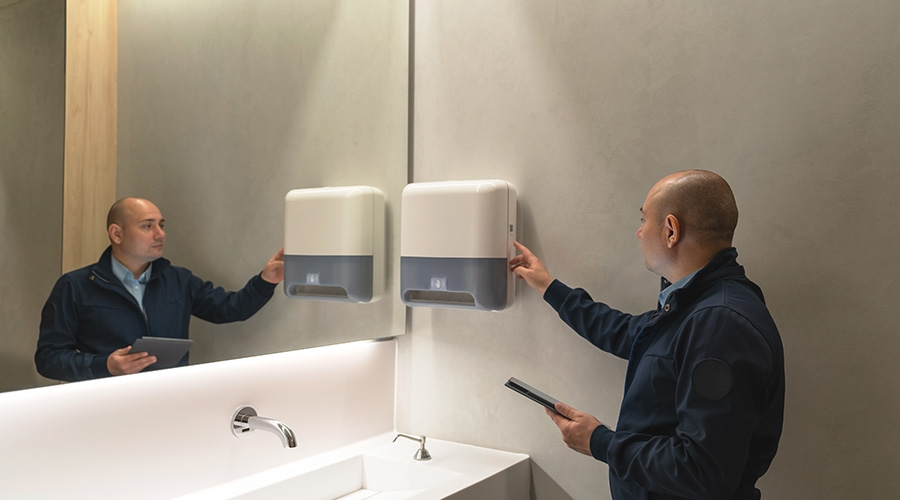California State University Campus Saves Water and Money with Standardization
How faucets helped California State University, Dominguez Hills save water, time and labor.
By Ronnie Wendt, Contributing Writer
Every drop of water counts at California State University, Dominguez Hills.
The Western United States university is tackling the rising costs of education and maintenance and engineering management head-on. With a growing student population and more than $200 million in new construction under way, university officials recognize the need for smarter, more sustainable infrastructure decisions.
For Jeffery Phelps, the university’s plumbing services supervisor, that goal meant rethinking a basic yet essential campus fixture: the restroom faucet.
“When I arrived, we were dealing with five different kinds of faucets and flush valves across campus,” says Phelps, who has been a plumber since 1998 and working for the university in 2021. “It was inefficient and unsustainable.”
The only solution that made sense was to standardize their plumbing inventory, he says.
“The first thing I did when I became a supervisor was to standardize all faucets on campus moving forward,” he says.
He decided to switch the entire campus to Chicago Faucets’ HyTronic touchless models to reduce maintenance issues, control water use costs and support the university’s long-term sustainability goals.
Storage solutions
Phelps says his department keeps five faucet systems on hand and ready for installation at all times, adding that this strategy allows the maintenance team to change out faucets that have stopped working or been vandalized. The department’s goal is to ensure the appearance of the entire campus right down to the faucets. If graffiti mars plumbing fixtures, technicians aim to replace them quickly.
But maintaining multiple faucet brands proved to be a logistical headache, Phelps says. Each brand requires its own replacement parts — sometimes up to 40 different components, including faucet bodies, stems and batteries. Standardizing with one reliable faucet model reduced inventory needs and simplified maintenance and installation, he says.
Using one faucet type also aided maintenance tracking, reducing the need to search for parts and improving staff productivity, allowing managers to allocate time previously lost searching for parts and maintenance solutions for other duties.
Faucet maintenance is included in the university’s annual building tune-up, he says. As part of this process, plumbing technicians inspect restrooms across all buildings, checking toilets, flush valves and faucet functions.
“We take the faucets apart, clean them and make sure the aerators are working properly and flowing as they should,” he says. “We also make sure the mixing valves are free of debris. This is something we do every year.”
Batteries are replaced with store-bought models, which are less expensive than factory batteries.
“I really like these faucets,” he adds. “Because we don’t need to spend a lot of time working on them.”
Maintenance matters
The new faucets feature heavy construction, but what Phelps says he appreciates most is that they are easier to install and work on than previous faucets.
Since faucets are installed during new construction or renovation, the university’s facilities team is not involved in their installation. But when replacement is needed, Phelps says counter installation is made easier by pre-installed, freely rotating hoses, and ongoing maintenance is easier because all faucet components are accessible above the deck.
“They are very simple to maintain and work with,” he says. “You remove one screw, and the entire thing comes apart, so you can work on it without taking the faucet off the deck.”
For instance, with battery replacement, technicians remove the screw in the back to access the battery pack.
“We just take out the screw to access the battery pack, switch out the batteries and put it back in place,” he says. “We put the body back on and the screw back in, and the system starts itself back up. We test it, and we’re good to go.”
Phelps says the faucet’s design also simplifies cleaning.
“There are not a lot of cracks or areas for them to scrub,” he says. “They are very easy for our custodians to wipe off and keep clean. They just use a microfiber towel and wipe them down.”
The new faucets have reduced labor needs, says Phelps, adding that his department used to have four plumbers on staff but now operates with just three.
“The new faucets help us out a lot because we are very short-staffed,” he says. “The old, two-handled, manual faucets took twice as long to maintain as our new ones.”
Spotlight on sustainability
The university’s water supply contains high levels of calcium, which creates problems by clogging faucet solenoids. Phelps says every solenoid has a screen around it where calcium can build up.
To address the problem, plumbing technicians remove clogged solenoids and installs a clean one.
“We take the dirty solenoid back to the shop to clean it and get it ready for the next faucet that needs a clean solenoid,” he says.
Keeping water at a safe temperature for restroom users is also a concern. Phelps says water temperatures must be below a maximum temperature of 105 degrees to comply with ASSE 1070, a standard that limits water temperatures to prevent scalding.
The faucet’s mixing valves, which can be adjusted to a specific temperature, keep the temperature consistent. Phelps says that to ensure compliance, technicians run the water, test the temperature, and adjust it until the water is at the preferred temperature.
The faucets also help the university comply with CalGreen and LEED plumbing fixture standards by offering a low flow rate of 0.35 gallons per minute, he says.
The metering faucet’s automatic shut off also delivers additional water savings. This was achieved after the facilities team found that the manual faucets were left on overnight, wasting water.
He says the new faucets cost around $800, and 300 of them were replaced. The cost was offset slightly by a $1,000 grant awarded to a student who did a project showing that using sensor-operated faucets saves water.
“So, we got two faucets for the price of one,” he says.
With over 300 faucets on campus, each sensor-operated unit saves money.
“When your hands are in the faucet, it runs,” he says. “When they are removed, the water shuts off. So you save a little bit of water every time someone washes their hands.”
The durability of the faucets also trims costs, he says. The campus only had to replace two faucets, and that was because of graffiti not because they malfunctioned.
By taking a standardized approach to faucet installation and maintenance, the university is saving water, labor, time and money while supporting its broader goals related to sustainability and operational efficiency.
Ronnie Wendt is a freelance writer based in Minocqua, Wisconsin.
Related Topics:







